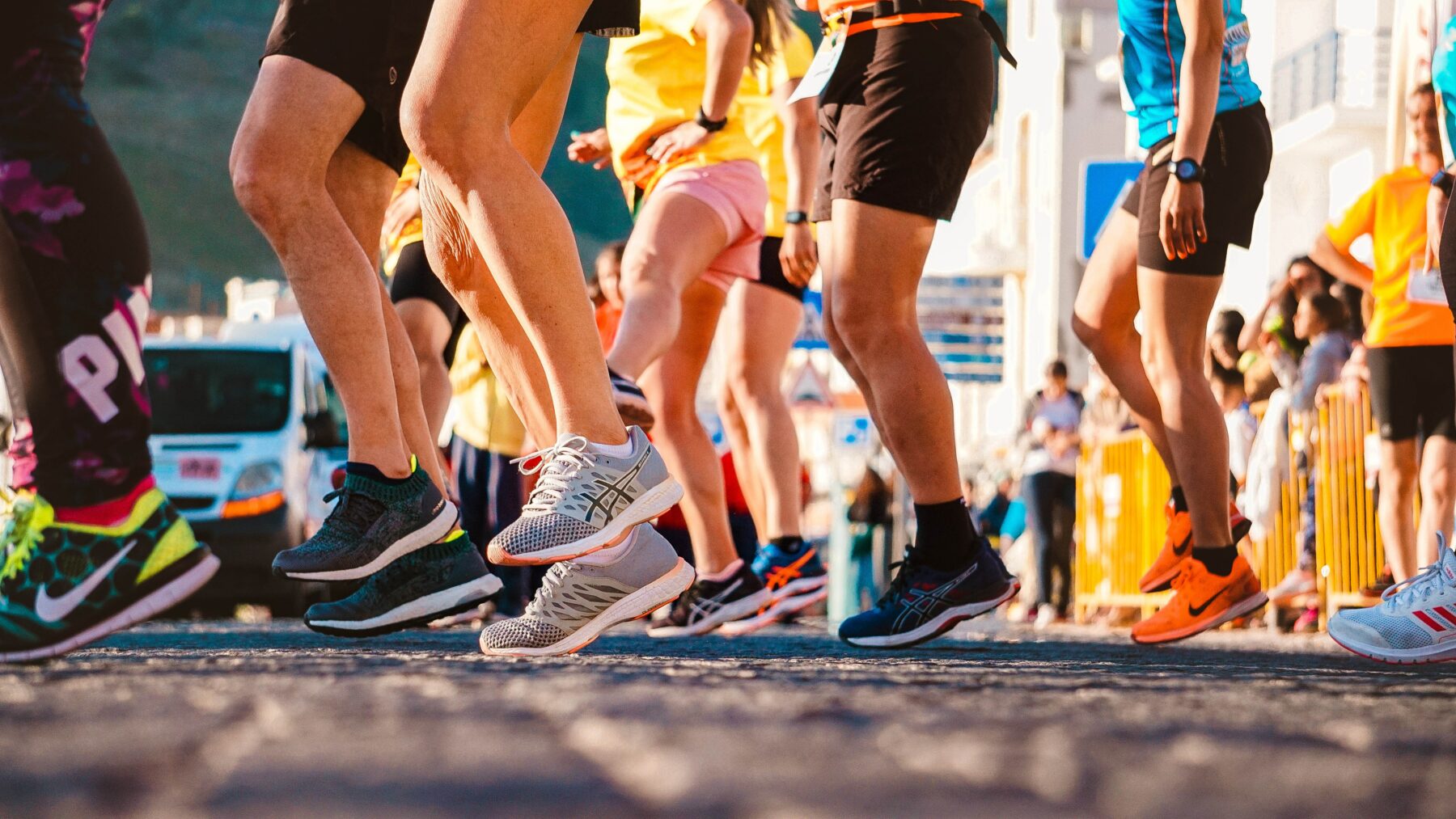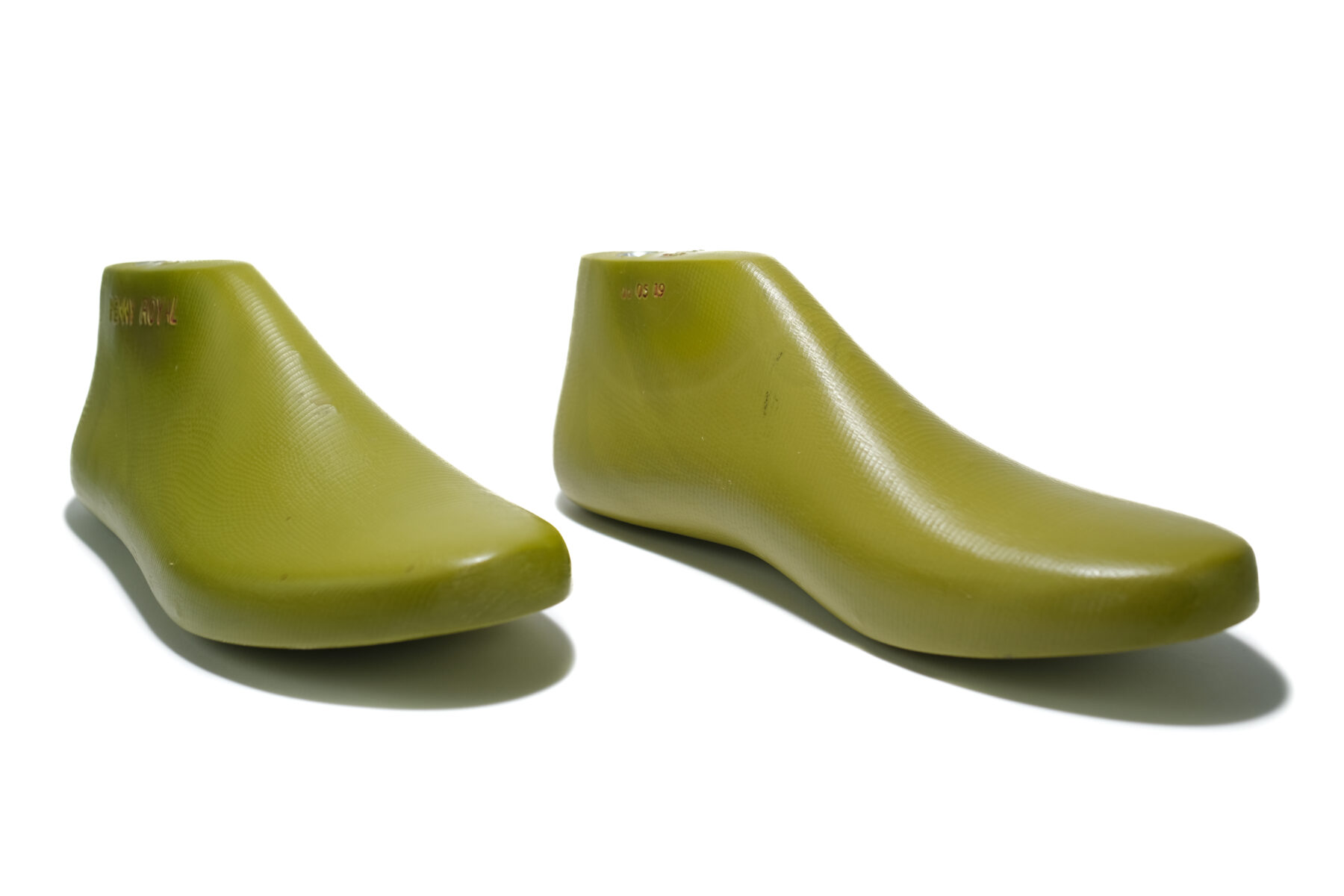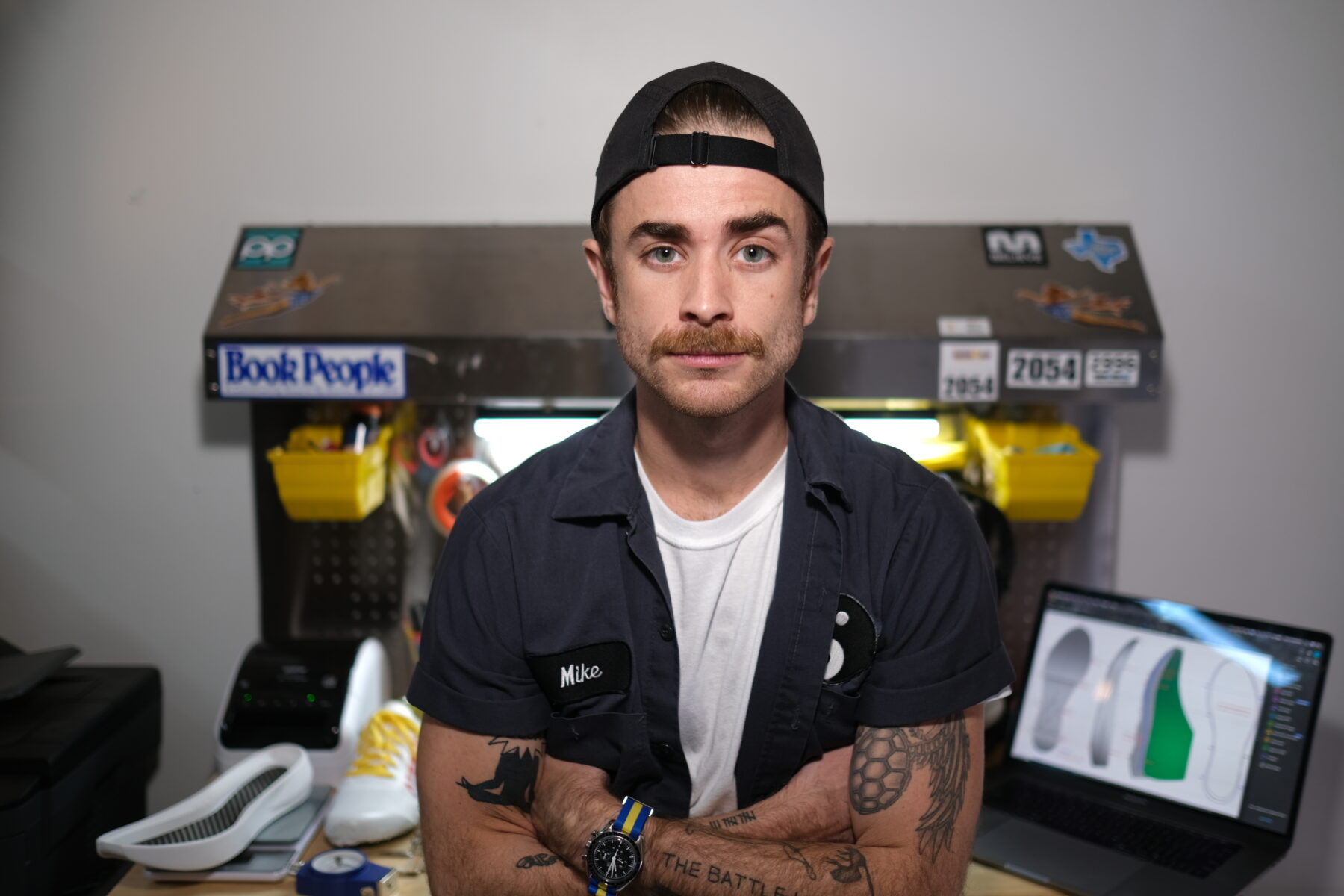The Last Comes First: Running Shoe Design Series, Pt. 1

When it comes to the fascinating world of designing performance running shoes, we can reduce the design fundamentals to four key elements: last, midsole, outsole and upper. Today, we’ll be covering the last.
Ironically, footwear designers begin with the last. It would be difficult to talk to a designer about where they typically start their process and not hear the phrase, “The last comes first!” The term is derived from the Proto-Germanic word laistaz meaning “track.”

Photo courtesy of Atreyu
The exciting part about the last is that it literally can dictate the most critical design features of the shoe dimensions and contribute to the overall performance of the final product. So before a designer adds any creative elements or vanity overlays, they must dial in the shape of the last, or else that shoe might risk becoming a metaphorical pig with lipstick!
So what is the “last” specifically? The last is essentially an anatomical representation of the volume of a foot. It’s made of wood, plastic or even represented with a 2D or 3D model for designers to use on their technical drawings (or tech packs). Each shoe size receives its own last. Each last has specific dimensions. It is with these dimensions that a designer can begin to include the essential elements of a shoe from the foundational stages, such as the width of the forefoot, volume of the upper, offset (heel-to-toe drop), and the dimensions of the midsole footprint shape (or top line). They are so used in creating patterns for the upper. Designers cover them with tape (typically masking tape), draw on the tape, then cut off the tape to yield a 2D “butterfly” pattern. In short, there are many ways a designer will reference a last.
Have you ever purchased a piece of furniture from IKEA and attempted to put it together without directions? Some of us may have been successful at times, but some folks find that the sneaky critical support beam holding the couch together was untouched, hidden in the corner of the room. So, tragically, screw by screw, with our heads hanging low and our egos slammed to the floor, we take apart the unfinished product only to begin the process again.
Like the furniture parable, if a shoe is designed without dialing in the shape of the last, the outcome may be catastrophic. For example, imagine a designer wanting to develop a wide-toe box shoe but failing to make the forefoot area wide enough. If not enough attention is paid to those dimensions, the designer will be in a similar state of mind to those putting furniture together without directions.

When designers begin with the last in mind, they can visualize the silhouette of the final product without a pen stroke or a click of the mouse on their design software. If there’s too much volume, we can shave a bit off the “ball girth,” “waist girth” or the “instep.” We can even remove some volume in the heel to taper the heel counter experience.
Why might this be important? There is a philosophical parallel between understanding the last and our approach to health and wellness. If we begin with the fundamentals, we can execute the secondary details later. Before we buy a pair of running shoes or a fancy new running apparel set, I encourage dedicated athletes to take a moment, clear their minds and understand that sometimes “the last comes first.” Begin with the end in mind. What happens after is a part of the journey.
A red shoe, a blue shoe, an old shoe, a new shoe… The shoe will not matter if we don’t decide on our routine and what we might want to accomplish by the journey’s end. Perhaps this is what we call a “commitment.” Once we make that commitment, we can then dress for success, depending on what the dress code might require.
I believe huge goals are a series of tiny victories strung together in a meaningful way. It’s important to plan for the future but live in the present. Next time you purchase a new pair of running shoes, look at what kind of last that shoe may have begun with. Before you take that weekend run, set an intention for that run.
Begin with the last in mind first, then KEEP GOING!
About the Author

Michael Krajicek is the founder, CEO and designer of Atreyu shoes. He participates in marathons and triathlons and leads the Atreyu Run Club in Austin. When not participating in endurance sports or training, Krajicek enjoys photography and playing music.






